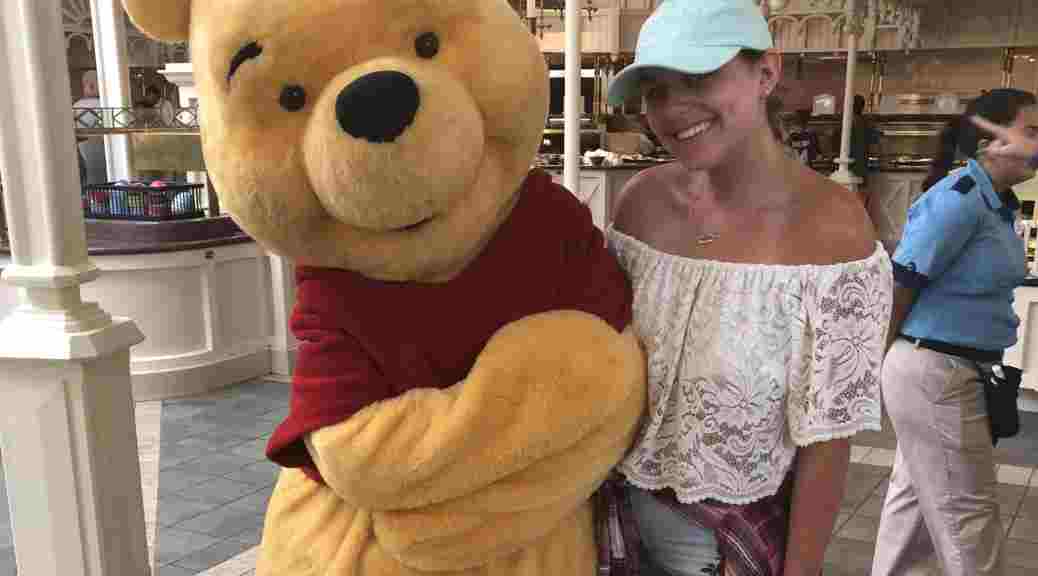
Annabelle Taylor: “Little Red: Not Just a Child’s Tale”
Little Red Riding Hood has long been a childhood favorite. Most people have heard the story about a young girl who is confronted by a wolf when going to visit her grandmother. What some of us might not realize, or simply may have never thoroughly considered, is that this popular fairytale explores some very deep, and somewhat dark, human struggles. Parents will often use this story as a lesson to their children to “not talk to strangers”, but why is Little Red always portrayed as a girl? If it was really just meant to be a story warning children about talking to strangers then why is there not more gender diversity. This is because this story focuses on gender inequality and the fact that girls more often than boys are targeted by male predators. Both of which are issues that are still very prominent in society today.
A very common stereotype about women is that they are naive and overly kind. This can be seen throughout the majority of the stories we read with Little Red being welcoming and warm to the wolf by telling him what she is up to and where she is headed. In the Brother’s Grimm version of the story, the wolf was easily able to trick the girl by pointing out flowers to her. Flowers tend to be associated with females, so of course they would be able to distract a little girl from her task. This expresses that at the time, and even today, girls are seen as innocent and too trusting. In the same version of the story, Little Red ends up having to be saved by a brave huntsman. The man rescues the grandma and the girl and is seen as the hero. This is how society sees men a lot of the time. They are the big, strong men who can help the damsel in distress and save the day. Even if this is not the case for all men and women, it is the gender stigma today.
We also need to closely examine the other reason a girl is seen as the target. The sad reality is that girls grow up having to learn to be cautious of men. Wolves truly can be anyone, as Charles Perrault wanted to express in his version of the story. Most women have heard throughout their lives that they should not dress a certain way to draw unwanted attention to themselves, they should not ever walk alone, or they should find a man who can keep them safe. Unfortunately that is how society is today; and women do feel the need to be cautious of men, especially strangers. Sexual assault is a very important issue being discussed hugely today, though it has always been a thing, hidden within the pages of a cautionary child’s tale. I do not want to imply here that women are at all fragile or helpless. Not all of the Little Red stories thought so, either. I think it is important to bring attention to James Thurber’s version of the story while discussing this issue. Though the little girl did still tell the wolf where she was going, she realized very quickly that he was not her grandmother, and, not only that, she pulled out an automatic and shot him. This portrays girls in a more wary, intelligent, and brave light, which most women are nowadays.
All versions of the story held deeper knowledge about societal issues and explored them in their own way. That is what is nice about fairytales. They can seem innocent and “fun”, while still providing an important message. Stories such as these allow us to bring attention to relevant societal problems in a lighter tone that can often spread farther because it is simply a “child’s tale”.


